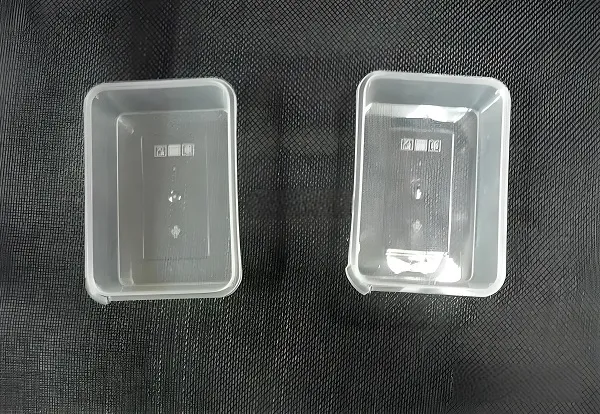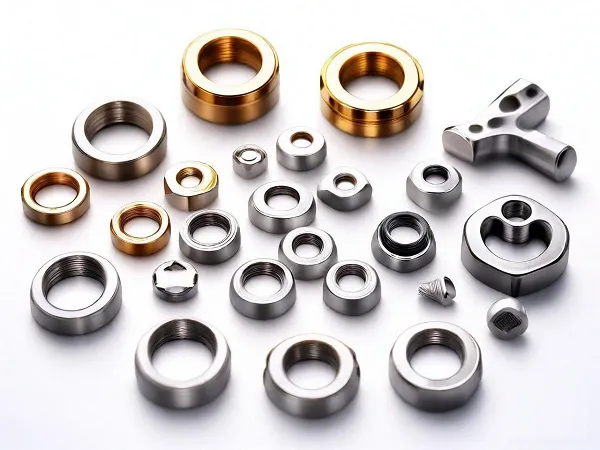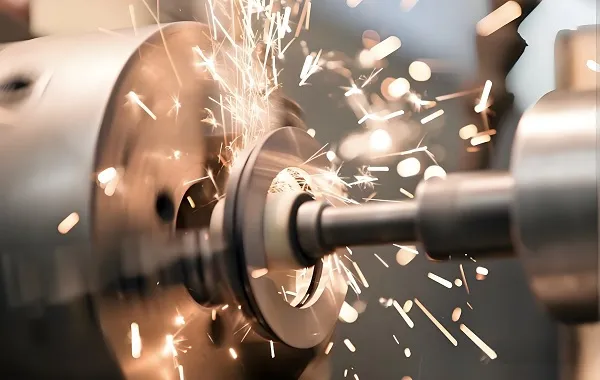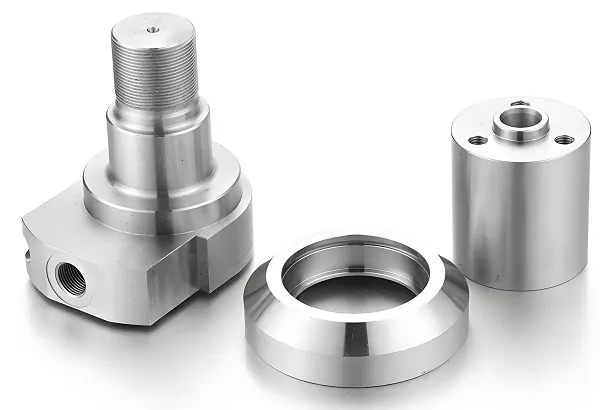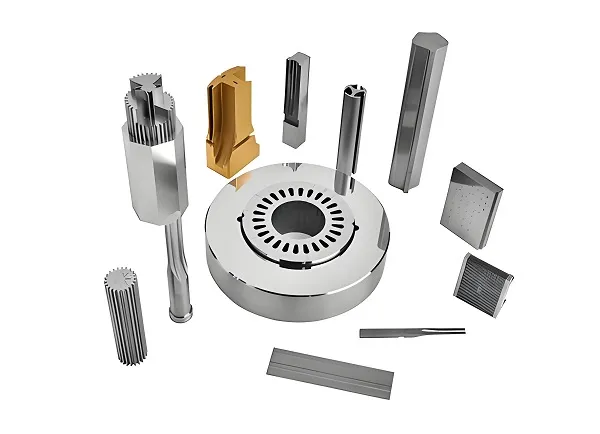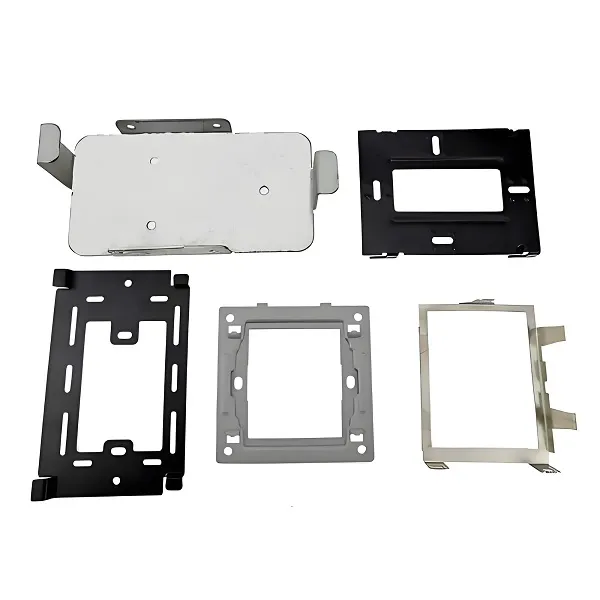CNC (Computer Numerical Control) machining technology has emerged as a revolutionary force in the manufacturing industry, enabling the production of highly precise and complex components with remarkable efficiency and consistency. This technology integrates computer control systems with mechanical machining processes to transform raw materials into finished products that meet exacting specifications. Let’s explore CNC machining technology from the following aspects:
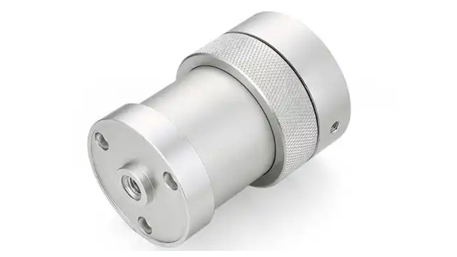
1. Definition and Principles
CNC machining is a manufacturing process in which pre-programmed computer software dictates the movement and actions of machine tools. The software generates a set of instructions based on the design of the part to be manufactured, controlling the position, speed, and feed rate of the cutting tools to shape the workpiece into the desired form. The fundamental principle behind CNC machining is the precise and automated removal of material from the workpiece to achieve the final geometry and dimensions.
2. Components of a CNC Machine
A typical CNC machine consists of several key components. The machine structure provides a stable platform and supports the movement of the axes. The axes, usually labeled as X, Y, and Z, determine the spatial positioning of the cutting tool. The spindle holds and rotates the cutting tools at high speeds, and the tool changer enables the automatic selection and exchange of different tools during the machining process. The control unit, which is the brain of the machine, interprets the CNC program and sends commands to the various components to execute the machining operations. Additionally, coolant systems are employed to cool the cutting zone and remove chips, while the feed drive systems ensure accurate and smooth movement of the axes.
3. Types of CNC Machines
There are several types of CNC machines, each designed for specific machining operations and workpiece geometries. CNC milling machines are versatile and can perform a wide range of milling operations, including face milling, contour milling, and pocket milling. CNC lathes are used for rotational parts, such as shafts and cylinders, and can perform turning, threading, and drilling. CNC routers are commonly used in woodworking and plastics processing for cutting and shaping large panels. Other types include CNC plasma cutters for cutting sheet metal, CNC grinders for precision grinding, and CNC EDM (Electrical Discharge Machining) machines for creating complex shapes in hard materials.
4. Programming and Software
The programming of CNC machines is a crucial aspect of the machining process. Two common programming methods are manual programming and using Computer-Aided Manufacturing (CAM) software. Manual programming involves writing G-code (Geometric Code) instructions line by line, which requires a deep understanding of machine tool operations and programming syntax. CAM software, on the other hand, simplifies the programming process by allowing users to import CAD (Computer-Aided Design) models of the part and generate the CNC program automatically. CAM software also offers advanced features such as toolpath optimization, simulation to preview the machining process, and post-processing to generate machine-specific code.
5. Materials Processed
CNC machining can work with a wide variety of materials, including metals (such as aluminum, steel, titanium, brass), plastics (such as ABS, nylon, polycarbonate), composites, and wood. The choice of material depends on the application requirements of the final part, considering factors such as strength, hardness, heat resistance, and cost. Different materials have different machining characteristics, and appropriate cutting tools, speeds, and feeds need to be selected to ensure efficient and quality machining.
6. Advantages of CNC Machining
The advantages of CNC machining are numerous. Firstly, it offers high precision and repeatability, ensuring that each part produced is identical within tight tolerances. This is crucial in industries where component interchangeability and performance are critical. Secondly, it enables the production of complex geometries and shapes that may be difficult or impossible to achieve with conventional machining methods. CNC machining also provides increased productivity as it can operate unattended for long periods, reducing labor costs. Additionally, it allows for quick setup and changeovers between different part designs, making it suitable for both small batch and large-scale production runs.
7. Applications
CNC machining finds applications in numerous industries. In the aerospace sector, it is used to manufacture turbine blades, engine components, and structural parts. The automotive industry relies on CNC machining for engine blocks, transmission components, and suspension parts. Medical devices, such as surgical instruments and implants, are often produced using CNC machining for their precise dimensions and biocompatibility. Electronics manufacturing utilizes CNC machining for creating molds, enclosures, and heat sinks. Moreover, CNC machining is employed in the production of molds for injection molding, die-casting, and other manufacturing processes.
8. Challenges and Limitations
Despite its many advantages, CNC machining also faces certain challenges and limitations. The initial investment in CNC machines and programming software can be significant. Skilled operators and programmers are required to operate and maintain the equipment effectively. Additionally, the machining process generates waste material in the form of chips, which may require proper disposal and recycling. The cutting tools used in CNC machining can wear out over time, requiring frequent replacement and adding to the operational costs. Moreover, for very large or complex parts, multiple setups and machining operations may be necessary, increasing production time and complexity.
9. Future Trends
The future of CNC machining looks promising with ongoing technological advancements. The integration of artificial intelligence and machine learning algorithms is expected to optimize machining parameters in real-time, improving productivity and quality. Additive manufacturing techniques, such as 3D printing, are being combined with CNC machining to create hybrid manufacturing processes that offer unique capabilities. The development of advanced materials and tool coatings will enhance the performance and longevity of cutting tools. Furthermore, increased connectivity and Industry 4.0 concepts will enable seamless integration of CNC machines into smart factories, facilitating better monitoring, control, and optimization of the manufacturing process.
In conclusion, CNC machining technology has transformed the manufacturing landscape by providing a reliable and efficient means of producing high-quality, precision parts. Its continuous evolution and adaptation to new technologies and materials ensure its relevance and importance in various industries for years to come.

